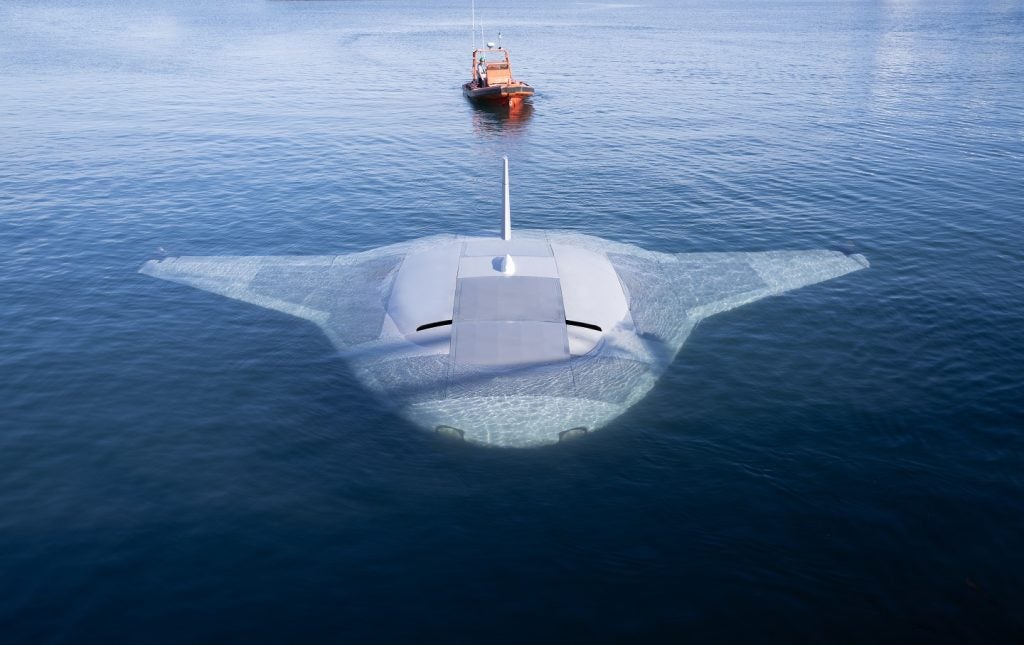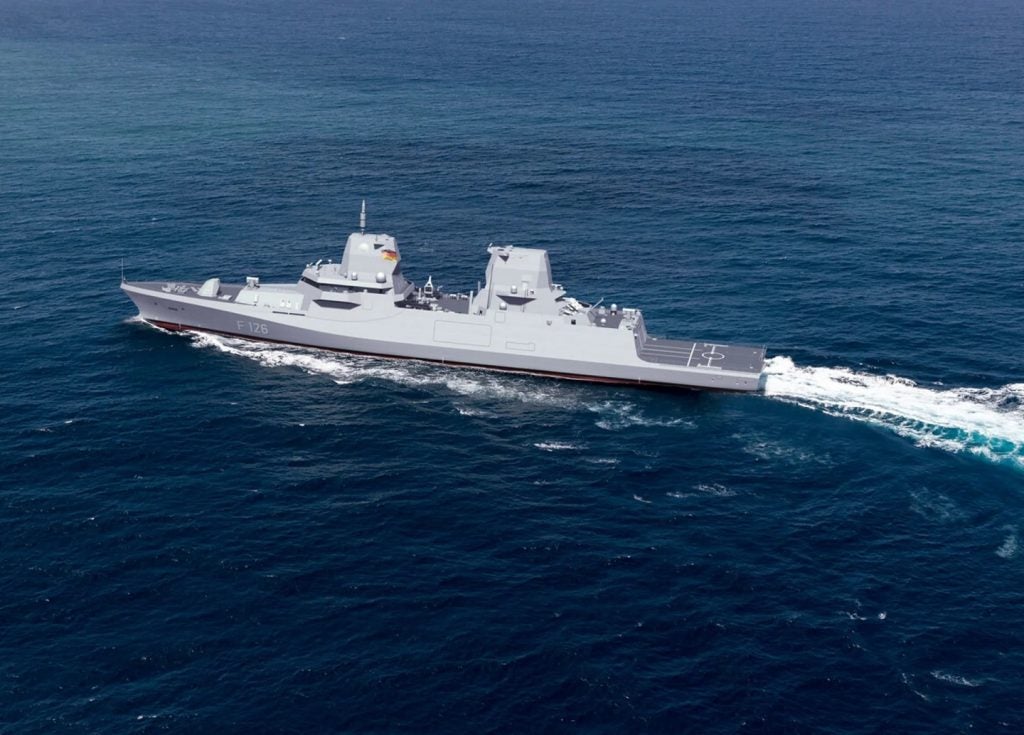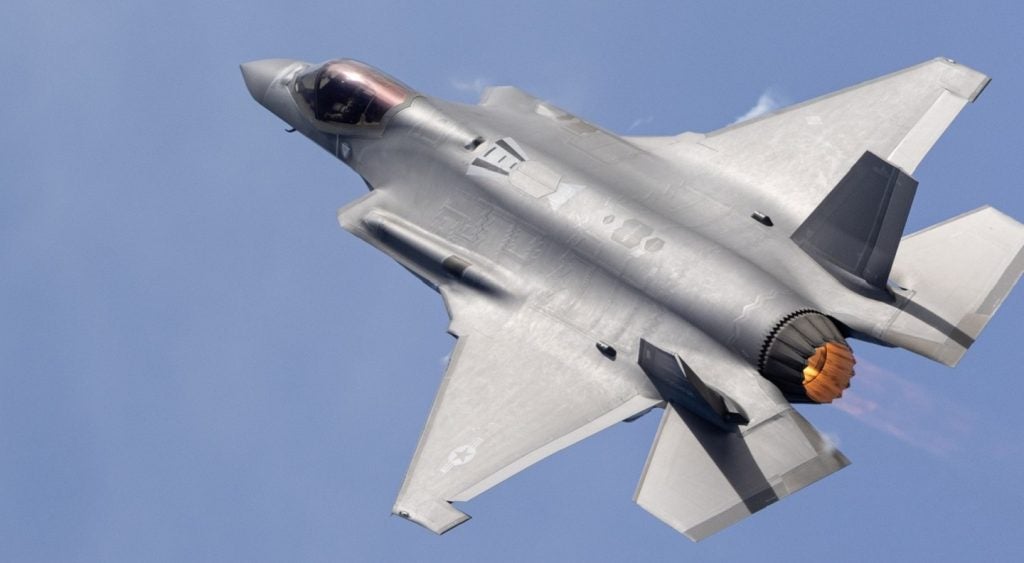Telephonics has successfully conducted ground moving target indicator (GMTI) mode first flight test of the AN/ZPY-4(V) maritime surveillance radar (AN/ZPY-4(V)), equipped on the company’s test aircraft.
GMTI mode will enable the AN/ZPY-4(V) X-band radar to use state-of-the-art ground clutter cancellation techniques to automatically detect and track moving targets.
Originally designed and built for the US Navy’s MQ-8 Fire Scout rotary wing unmanned aerial system (UAS), the enhanced radar version is capable of supporting missions ranging from blue water to shoreline, and land operations.
Telephonics Corporation chief operating officer Kevin McSweeney said that the company’s AN/ZPY-4(V) provided advanced capabilities, such as addressing changing conditions over land, water, and in the littoral areas for troops.
"As the lightest package on the market today, the AN/ZPY-4(V) will give the US Military an edge for both manned and unmanned operations at a very affordable price," McSweeney added.
To further enhance intelligence, surveillance, and reconnaissance capability of the AN/ZPY-4(V) lightweight, long-range radar, Telephonics is developing automated classification aids and sensor management capabilities in cooperation with the US Navy.
The multi-channel GMTI mode upgraded AN/ZPY-4(V) will also support UAV endurance missions over land and sea, using a single radar sensor.
When integrated with the US Navy’s Ocean Surveillance Initiative (OSI) software, the system can support operations in dense littoral target environments.
The radar software also enables integration of ship automatic information system (AIS) data to provide rapid identification of threats with minimum operator workload.








